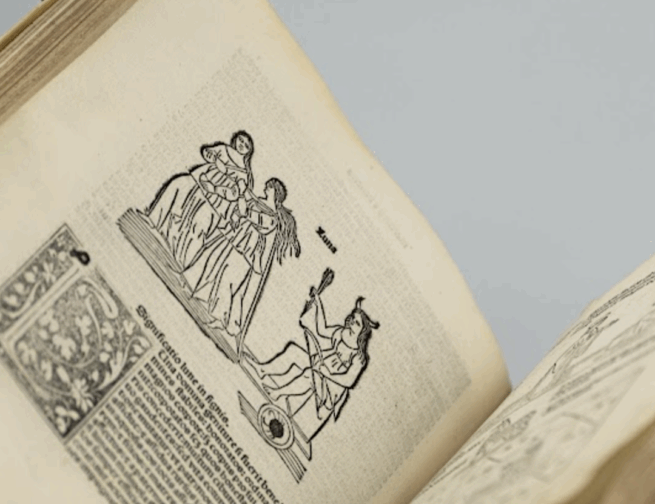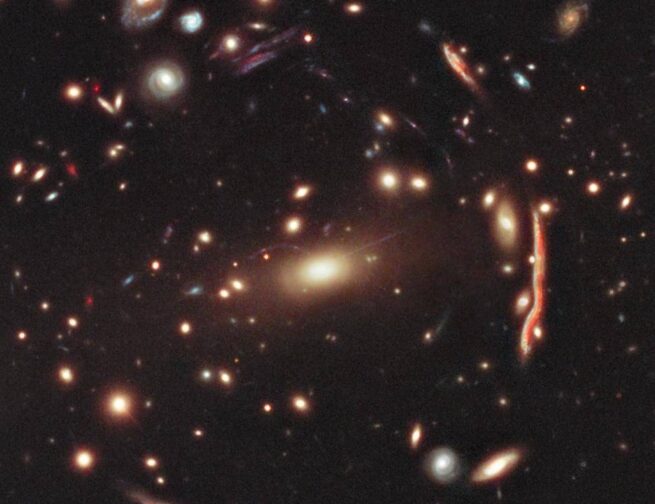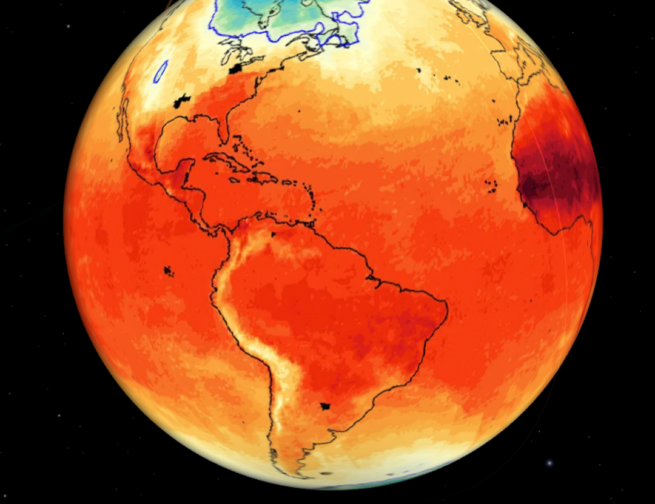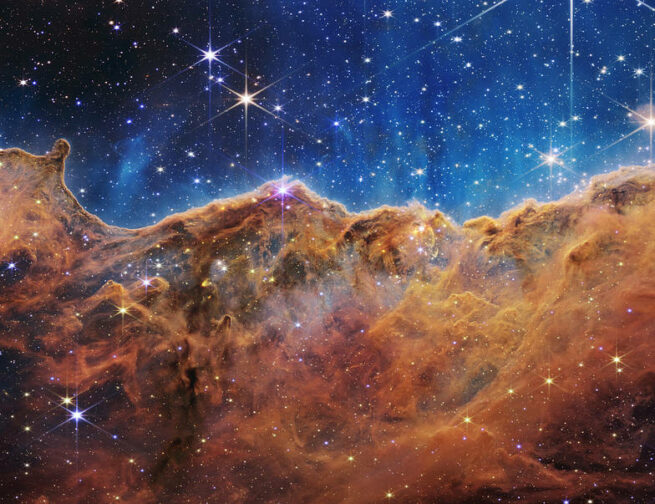Tag: Astronomy

Adler Planetarium Announces Opening of Stars Aligned
The newest exhibit, Stars Aligned, explores the connected histories of astronomy and astrology in the early modern period.

Universe-Sized Questions: Dark Matter, Dark Energy, and the Big Bang
Answering universe-sized questions, including what we know (and don’t know) about dark matter and dark energy, and how it involves the Big Bang.

What Is Dark Matter? The Spooky Case Of Dark Matter
What is dark matter? Has dark matter been discovered? Get an inside look at the history and continued discoveries within the field.

Understanding Chicagohenge
The Chicagohenge is a bi-annual event where the cosmos and architecture harmoniously align. Learn about the science behind it all!

How Astronomy Helps Us Understand Climate Change
As Earth faces a global climate crisis, how can we use and learn from astronomy to help us understand what a changing climate means?

The Top Three Multiverse Theories: Many Worlds, Bubble Universes, And Shadow Matter
What is multiverse theory? Dive deeper into the multiverse theories explored in the Adler Planetarium’s sky show, Niyah and the Multiverse—many worlds, bubble universe, and shadow matter theories.

Types of Eclipses: Lunar Eclipses and Solar Eclipses Explained
Learn how eclipses occur and the types of eclipses, solar and lunar, that occur when the phase of the Moon and the alignment of the Sun, Moon and Earth is just right.

Novas Vs. Supernovas: What’s The Difference?
What is the difference between a nova and a supernova, and what causes them to explode? Adler Astronomer, Dr. Geza Gyuk explains.

Astronomy and Space Facts From A to Z
Header Image: The outside of the Adler Planetarium in Chicago, IL at sunset in the fall. When you were a kid, you probably learned your ABC’s using stuff like, “A is for…apple” or “B is for…bee” or “C is for…cat” to represent each letter. While those options are all fine and good and cute, what if […]

JWST: The Most Powerful Infrared Space Telescope Humans Have Ever Created
Header Image: The Cosmic Cliffs in NGC 3324, also known as the Carina Nebula. This image was taken by the JWST and shows cosmic dust and gas a part of the nebula, but also previously obscured star nurseries and stars that we can now see with the space telescope’s infrared light. Image Credit: NASA, ESA, […]




